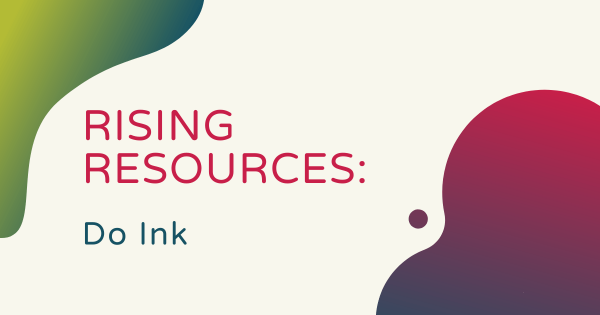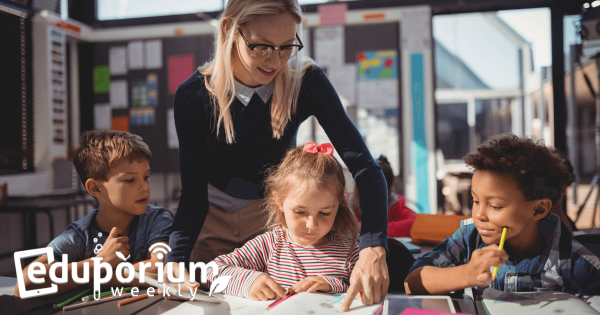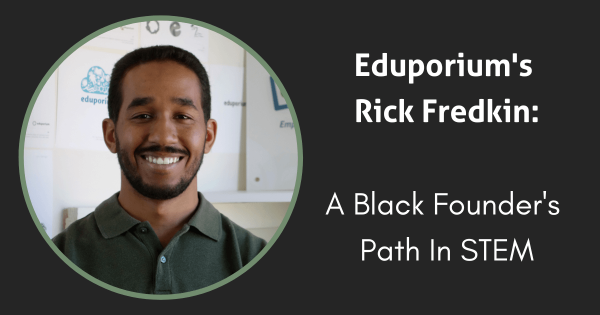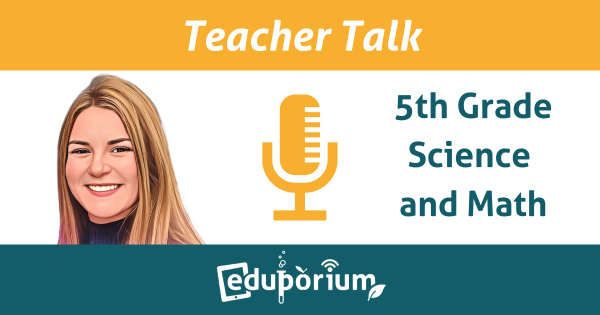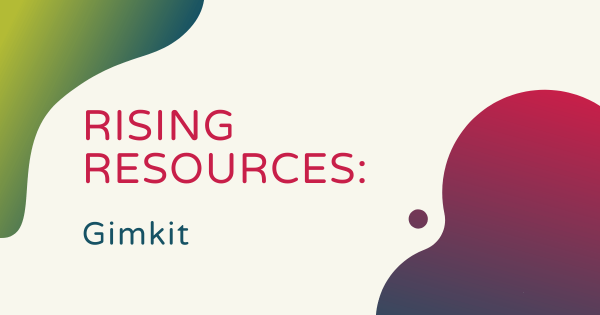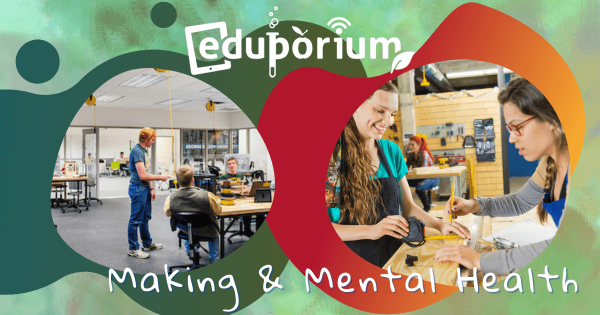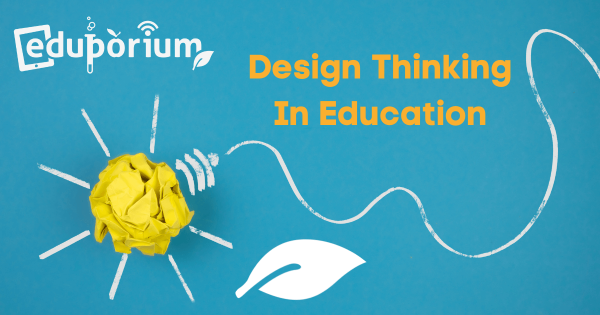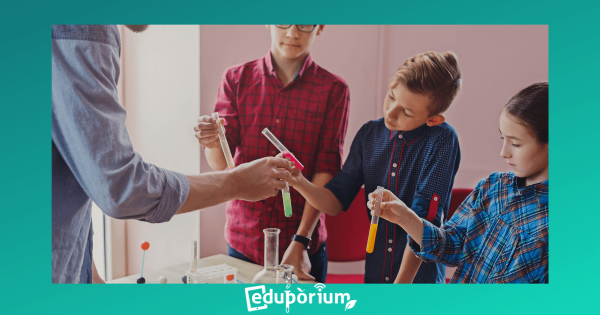After it launched, it did not take long for the Do Ink app to generate interest among creative teenagers, who loved using it for creating all sorts of digital artwork. From there, it permeated the education space when many of them introduced it to their teachers. The rest is history as these Do Ink animation and drawing apps quickly grew into tools that kids now use all the time.
Education
-
Guest Blog: Writing & Plagiarism With ChatGPT
With AI tools like ChatGPT expanding in popularity, many teachers are now worried about their potential use as a plagiarism tool. One educator who is keeping an eye on that very issue is Daniel Sabol, a teacher and a librarian who’s passionate about teaching all students to properly use and cite their sources. Here’s his tips for detecting plagiarism with the Turnitin platform.
-
Eduporium Weekly | Scaffolding Instruction In STEM And Beyond
Helping students learn through both independent and guided experiences can enable them to view their education differently. When we use the term ‘scaffolding,’ we’re typically referring to any targeted teaching and learning approaches that gradually evolve and ultimately empower students to lead their own learning, which is very relevant in hands-on STEM experiences.
-
Eduporium’s Rick Fredkin: Our Black Founder’s Path In STEM
Eduporium’s co-founder, president, and CEO, Richard Fredkin, never really had what many tech executives would consider as a traditional start in the industry. That’s fine with him, however, since he’s found himself in a place that not too many other Black men have found themselves: in the leading role at a technology company. Learn more about his unique start inside.
-
Teacher Talk | 5th Grade Science And Math With Lisa Blais
We’re kicking off our new Teacher Talk blog series by sharing this interview with Lisa Blais, a fifth grade science and math teacher in the Boston Public School system. Lisa has plenty of awesome insights on the accessibility of STEAM education, how she enhances activities she uses in her classroom, and how learning in the science subjects can help kids build crucial skills.
-
Gimkit: A Classroom Review Tool With A Game Show Format
Gimkit is an online learning game and review tool that requires students to collaborate in order for them to succeed. With key background knowledge from classroom lessons on the topics they’ll explore, children can progress through these game show-style review experiences while honing some key teamwork and strategizing skills. Read on to learn more about it.
-
Makerspaces And Mental Health For Students
More than ever before, we’re understanding how makerspace experiences help provide students with emotional benefits in addition to vital academic ones. If today’s students are having any variety of academic, emotional, or any other personal problems, for example, putting them aside and making something is a great way to help them shift their focus and reduce stress.
-
STEAM Activities For Students With Different Learning Styles
Today’s four most common learning styles include visual learning, auditory learning, kinesthetic learning, and, finally, reading and writing. Almost all of our students fall into one of these categories and, as you may guess, since it combines hands-on exploring with solving problems, kinesthetic learning is the one that’s most often associated with hands-on STEM education.
-
Eduporium Weekly | Using Design Thinking In Education
To create environments and experiences that are conducive to helping kids build design thinking skills, there are a few key areas that educators should focus on. Since a K–12 makerspace, for example, is a notably open-ended environment, combining play-based exploration with design thinking could be effective, especially when compared to traditional instruction.
-
Eduporium Weekly | The Factors Driving STEM Education Today
So many factors go into how education leaders ensure students are ready for the real world and, often, it involves STEM. Factors like technology, the economy, emerging careers, and the state of the workforce each continue to affect how teachers introduce students to STEM. And, as of now, there isn’t much indication that the elements fueling STEM education will slow.




